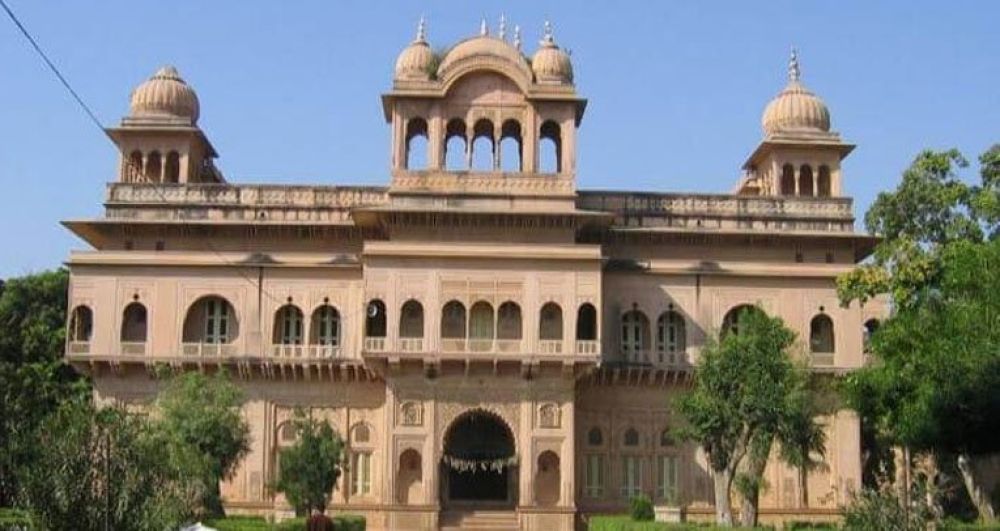

Vrindavan, a historical town in Uttar Pradesh, India, is synonymous with the playful and youthful aspects of Lord Krishna. Nestled in the labyrinth of its sacred alleys is the Jaipur Temple, one of the most revered sanctuaries within this holy enclave. Established in the early 20th century, the Jaipur Temple, also known as Jaipur Mandir, epitomizes the connection between the royal family of Jaipur and the religious fervor associated with Lord Krishna.
Commissioned by Maharaja Sawai Madho Singh II of Jaipur in 1914, the temple construction was an act of devotion, standing as a testament to Jaipur's architectural and spiritual heritage. Rich in detailed craftsmanship, the temple was completed in 1928, blending the Rajasthani and Indian artistic elements intricately.
The Jaipur Temple is renowned for its fine architecture, which is a blend of traditional Rajasthani and Indian styles. The majestic structure carved out of fine sandstone and marble represents an era of devout craftsmanship dedicated to spirituality and magnificence. Visitors are often mesmerized by the exquisite lattice-work and sculpted sanctums that enshrine the deities of Lord Krishna, Radha, and other associated figures in Vrindavan's lore.
Tourism in Vrindavan has a rich history, intertwined with the pursuit of spiritual enlightenment and cultural experiences. Pilgrims have been traveling to this town for centuries, seeking blessings and participating in the numerous festivals that celebrate Lord Krishna's life. In recent years, Vrindavan has transformed into a hub for spiritual tourism, attracting people not just from across India but from all over the world.
Eco-friendly Initiatives: In line with global trends, Vrindavan is embracing sustainable tourism practices to preserve its natural and cultural heritage. Efforts are being made to keep the town clean and maintain the serenity of its sacred spaces. Spiritual Retreats: The latest trend in Vrindavan tourism is the coming up of various spiritual retreat centers. These centers cater to the wellbeing of the tourists and offer yoga, meditation, and spiritual discourses amidst the serene backdrop of the town. Heritage Walks: Recognizing the historical significance of Vrindavan, guided heritage walks are becoming increasingly popular. These walks cover various temples including the Jaipur Temple, exploring the nooks and corners of this ancient town and sharing the rich stories deeply imbibed in its walls.
Visiting the Jaipur Temple is a journey into the spiritual heart of Vrindavan. The temple not only stands out for its divine ambiance but also for its contribution to Vrindavan's heritage. Pilgrims and tourists can experience the vibrant culture of the town, particularly during festivals like Janmashtami, Holi, and Radhashtami, when the temple becomes a focal point of celebrations. In recent years, the temple has also become a preferred spot for photography enthusiasts, drawn by its historical allure and architectural beauty. Whether you are seeking spiritual solace or are a lover of history and culture, the Jaipur Temple in Vrindavan is an invitation to experience the mystic charm of India's rich devotional fabric.
To experience the best of Jaipur Temple and Vrindavan, it is advisable to visit during the cooler months from October to March. This period avoids the scorching summer heat and the monsoon season, offering pleasant temperatures and the opportunity to fully engage with the town's vibrant spiritual life. Regardless of when you visit, the Jaipur Temple is a timeless destination, reverberating with history and spirituality, welcoming all who come to its doors.